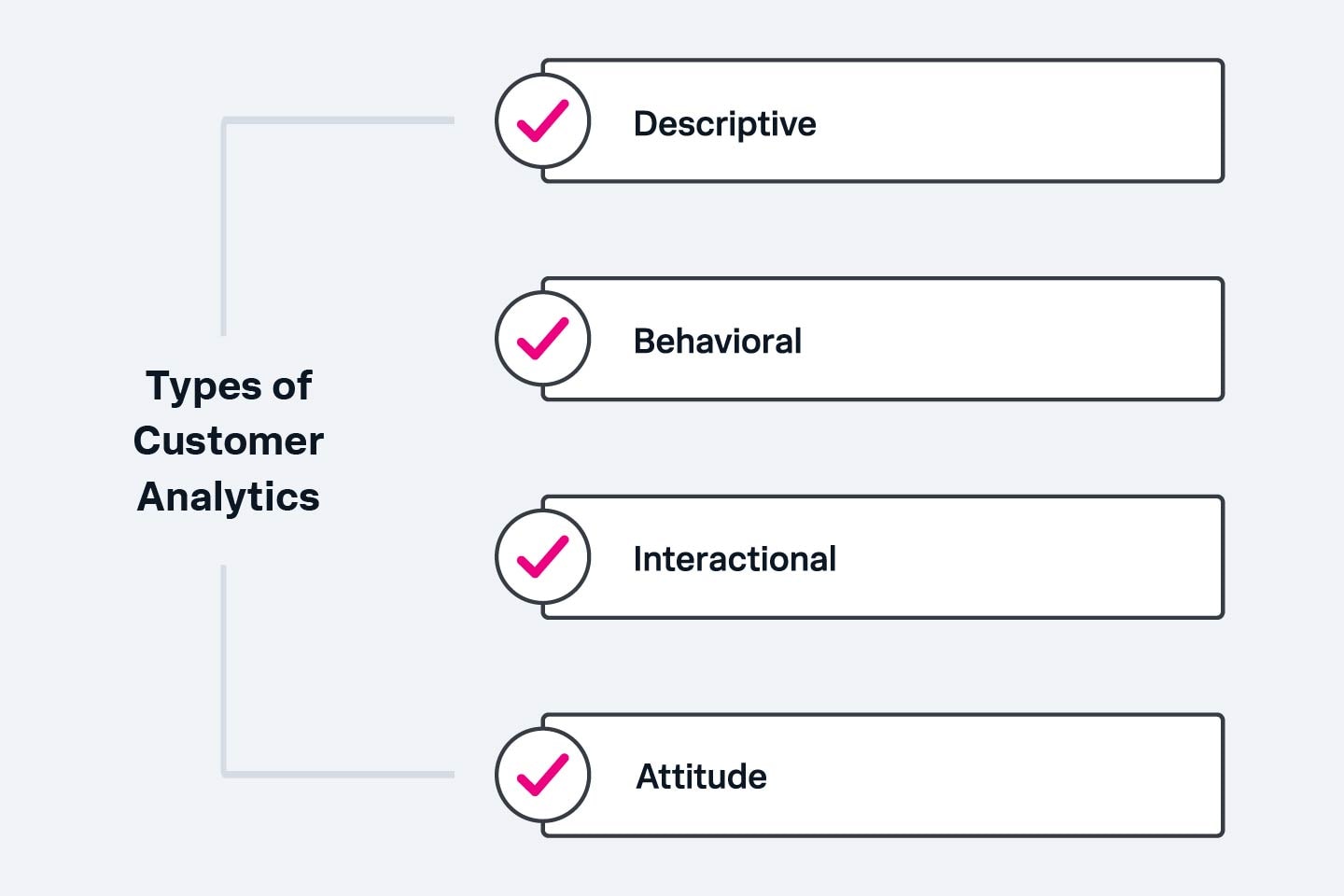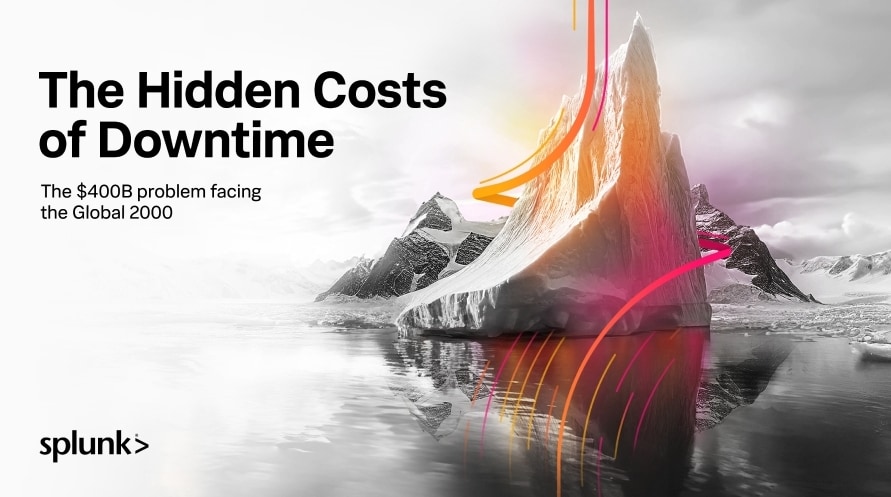What Is CX? Customer Experience, Defined

Some companies build enterprises on their reputation as customer friendly. Apple, Zappos, Patagonia. Domino’s Pizza was definitely not one of those brands.
In the early 2000s, Domino’s hit rock bottom. Sales were plummeting, and the company had become a pop culture punchline thanks to its reputation for bland, cardboard-like pizza. Even The Simpsons took shots at its quality, using Domino’s in visual gags that reflected its status as the go-to bad pizza.
By 2009, leadership realized they needed to make a change.
They made a bold marketing move by acknowledging customer complaints. They launched a campaign to completely revamp their pizza recipe, reflecting customer feedback. The company even featured ads of executives admitting the pizza wasn’t great quality and showcased them actively listening to customer pain points.
The strategy worked. Radical transparency, combined with the brand’s commitment to improving the customer experience, led to a massive turnaround in brand perception, and sales quickly followed. Over the next years, from 2010 to 2018, Domino’s saw its stock rise over 3,600%, outpacing giants like Amazon, Google, and Apple.
That is the power of customer experience. It builds businesses and transforms failing companies into stellar successes. Organizations that prioritize customer experience inspire loyalty, create fans, and have better word-of-mouth.
So, here’s what you need to know about customer experience, how it can transform your brand, and how to make it a priority for your organization.
What is customer experience (CX)?
Often shortened to CX, customer experience is the catch-all term for your customers' interactions with your organization at any point in their journey. All sorts of activities — viewing on ad on TV or social, talking to a sales rep, interacting with customer service, paying a bill — these exchanges shape how your customers experience your brand and see your company.
Whether conscious of it or not, your organization creates a customer experience. How your employees interact with customers, your online user experience, and your offerings, products and services — these all impact how your customers view your brand.
In general, CX tends to fall into two categories:
- People
- Products
Your offering, whether a service or product, is critical to how your customers experience your brand. If it doesn’t solve their problems, meet their needs, or impress them, it will likely significantly impact the customer experience. Like Domino’s with its pizza, the product itself is a significant part in creating the experience.
However, the product alone does not make your customer experience. Even with the best product, if the employees surrounding it —customer service, sales, marketing, management — leave your customers annoyed, angry, or generally dissatisfied, your CX will suffer.
When you pair a great product with great employees, you are on your way to a great customer experience.
Why is CX important?
Today’s marketplace is full of options. Whether you are looking at cat toys, car parts, healthcare services, or software, the internet allows consumers more choices than ever.
In a world without genuinely unique products, CX has become the deciding factor.
Consumers would rather give their business to a company with a great experience. In fact, they’re often willing to pay even more for it: one PwC study found that 86% of customers will pay more for a better customer experience.
Loyalty. Not only are they willing to pay more, but a positive CX will ensure they stay with you for the long run. When customers have a positive experience with your brand, they are happy to come back again and again. This all leads to increased brand loyalty, improving customer lifetime value.
Organic referrals. Not only will a great CX make customers more willing to pay more, but it will also create the golden goose of marketing: word of mouth (WOM). Without spending more on marketing, your organization will find a wider audience willing to buy your product. A high-impact recommendation from a trusted source is up to 50 times more likely to purchase a product or service — 50x!
That same study found that WOM is responsible for driving 20-50% of all purchasing decisions.
When customers are excited, impressed, or pleased about their experiences with your company, they are far more likely to tell others about you when their friends, family, coworkers, and even acquaintances are looking for someone who offers your product or services.
How to define good customer experience: Measuring CX
Meeting customer expectations is the deciding factor in whether your brand is providing a great customer experience. However, customer expectations are constantly in flux. In the early days of the internet, waiting weeks to receive a product through the mail wasn't unusual.
Then, Amazon came in with their two-day shipping, entirely changing the game — and our expectations. Customer expectations evolved to the point where even the smallest online shop feels pressured to get their products out as quickly as possible.
So, how do you know where your organization stands on CX? There’s no single metric that can tell you how enjoyable your brand is. But there are plenty of great ways to get a sense of what your customers think.
(We cover a few methods here. For more, explore Joseph Ndihiu’s consideration of “outside-in” CX metrics vs. “inside-out” metrics. )
Create customer surveys
The first way is the most obvious: ask your customers. A customer satisfaction survey is a critical way to regularly get insights directly from your customers at essential points along the customer journey, such as:
- When they purchase your product
- When they contact customer service
Many of your customers have strong opinions about your brand and ideas about how you can improve. A customer satisfaction survey can help you get ideas on what you could do differently to improve the customer experience. One of the easiest and most effective surveys is to invite customers to rate their experience on a scale with valuable metrics, such as:
- Net Promoter Score® (NPS)
- Customer satisfaction score (CSAT)
- Customer Effort Score (CES)
With this feedback, you can better understand what your customers like, what frustrates or bothers them, and how you can do better.
In this video, Splunk users share what they love about Splunk. Explore more Splunk love stories.
Calculate your data
How long customers stay with you is a great indicator of how your customers feel about your brand. Much of the data you already have on your customers will likely tell you about your organization’s patterns.
Some data to analyze include:
- Churn rates
- Ticket reopen rates
- Customer lifetime value
- Time-to-resolution
These measurements can give you real insights into how well your organization is helping and impressing your customers.

Talk to employees
Your customer-facing staff have incredible insights into your customer experience. Spending time with your customers means they hear customer feedback every day.
Collect the information they have and pass it to the right parts of your business: all to find ways to improve the customer experience.
Monitor trends in customer support tickets
Study the details of why customers need support after their purchases. Your customer support tickets your support reps work through to help your customers reveal valuable trends that show how you could improve your CX.
Find recurring issues and see the possible underlying reasons for the hiccups. Providing solutions to these problems will:
- Help decrease the burden on your customer service department.
- Make a more enjoyable experience for your customers.
(Related reading: call center analytics for CX.)
How to improve the customer experience: Tips & best practices
What will make your CX stand out will depend on various factors: what industry you’re in, your competitors, and your target customer, to name a few.
No matter these differences, there are some universal steps to take when it comes to improving your organization’s CX.
Get to know your customer
If your organization is going to support your customers’ experience and expectations, you need to understand who they are. Connection and empathy are crucial first steps for crafting an effective CX. Don’t assume you already know your customers.
Segmenting your customers and creating personas is a common practice for large businesses. This will help you understand:
- What drives them to your organization
- What they expect
- How you can meet them where they are
Creating specific and realistic personas can help you better visualize their needs and expectations. Here is one example:
Name: Sarah, 28 years old
Occupation: Digital Marketing Specialist
Tech Comfort Level: High
Motivation: She values flexibility, ease of use, and available customer support when she works late.
Goals: Sarah wants to focus on the more creative parts of her job, so she’s looking for tools that streamline her workflow.
Challenges: Sarah struggles with the sheer number of options and wants to find a tool that integrates smoothly with her current processes.
Preferred Communication: Sarah uses chatbots, live chat, and short, on-demand video tutorials.
Remember, you will likely have more than one customer persona — some of your ideal audience may be less comfortable with new technologies. Others may prefer reading content versus engaging with chatbots or videos, for example. Considering all these various viewpoints is critical to improving your overall CX.
(Related reading: customer analytics.)
Consider the online experience
Your product and employees may be amazing, but how is your website and online presence? Can your customers find you easily online?
Slow, poorly designed websites frustrate customers and signal to them that you lack the professional resources they need. Make your online presence as seamless as possible so that customers can quickly and easily find the information they need.
(Related reading: website performance monitoring & product analytics.)
Empower employees
Mistakes happen. Whether it is your organization’s mistake, the customers’, or just bad circumstances, responding to challenging situations immediately is critical for improving CX.
However, when your customer-facing employees are forced to place requests with management or other internal checkpoints, you are slowing down the correction process and certainly frustrating customers.
That is why most companies with sterling reputations for excellent CX empower their employees to do what it takes to make the customer happy. A few examples include:
- Ritz-Carlton. Employees at the Ritz-Carlton can spend up to $2,000 per guest per day without managerial approval to resolve problems or enhance guests' experiences.
- Trader Joe’s. Trader Joe’s allows employees the flexibility to “bend the rules” when necessary to help customers, such as delivering groceries free of charge for customers with challenging situations.
- Zappos. With its customer-first approach, Zappos employees are encouraged to make decisions that benefit the customer, such as free returns or expedited shipping.
Empowering your employees to make fast decisions that benefit customers will lead to quicker resolutions, improved customer experiences as a whole, and long-term loyalty.
Engage on social media
Your website is not the only online presence you need to consider for CX. Most consumers are on social media, spending over two hours a day on average, and they expect companies to be on there, too. A recent study from Penn State University found that consumers, especially — but not limited to — younger demographics, use X (fka Twitter) and Facebook as their primary channels for customer service inquiries.
When crafting social media content, focusing on quality and genuine messaging is crucial. Customers can quickly spot when they’re being sold to and will recognize whether your brand genuinely cares about addressing their concerns and fulfilling their needs. When your organization emphasizes transparency, promptness, and empathy in its social media strategy, it will greatly improve its CX.
Create a brand that customers love
Customer experience is a complex and ever-evolving topic that influences almost every aspect of your business. However, prioritizing your customers’ needs and consistently meeting their expectations as you navigate product development, marketing, sales, support, and more will transform your brand into one they can trust and root for.
Like Domino’s, focusing on delivering a superior customer experience doesn’t just satisfy — it can even revitalize struggling brands, turning them into industry favorites.
Splunk loves our customers
A few years back, Splunk started our Splunk Love program, aiming to capture real stories and experiences from actual Splunk users. We deeply believe that whether you are a long-time user or new to Splunk, your story matters. We want to hear from you and put the spotlight on you to ensure you can be recognized.
See an error or have a suggestion? Please let us know by emailing splunkblogs@cisco.com.
This posting does not necessarily represent Splunk's position, strategies or opinion.
Related Articles
About Splunk
The world’s leading organizations rely on Splunk, a Cisco company, to continuously strengthen digital resilience with our unified security and observability platform, powered by industry-leading AI.
Our customers trust Splunk’s award-winning security and observability solutions to secure and improve the reliability of their complex digital environments, at any scale.




